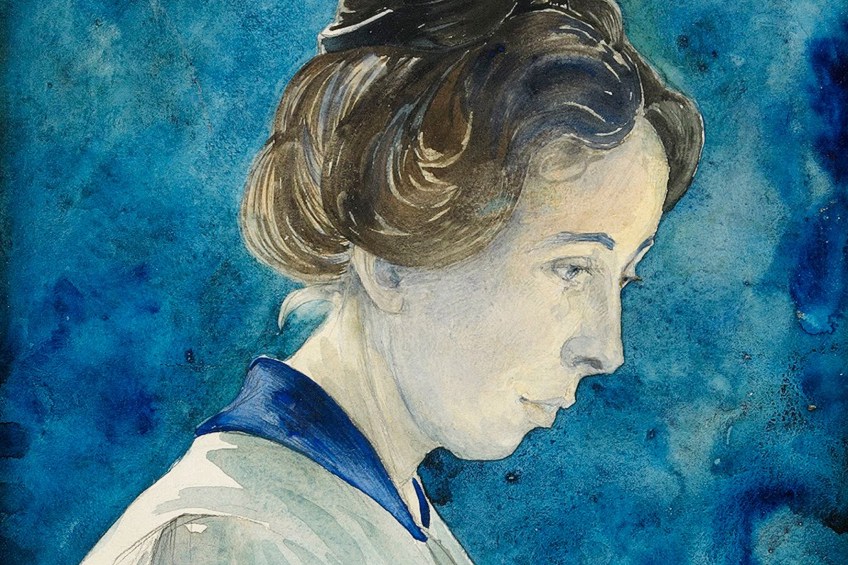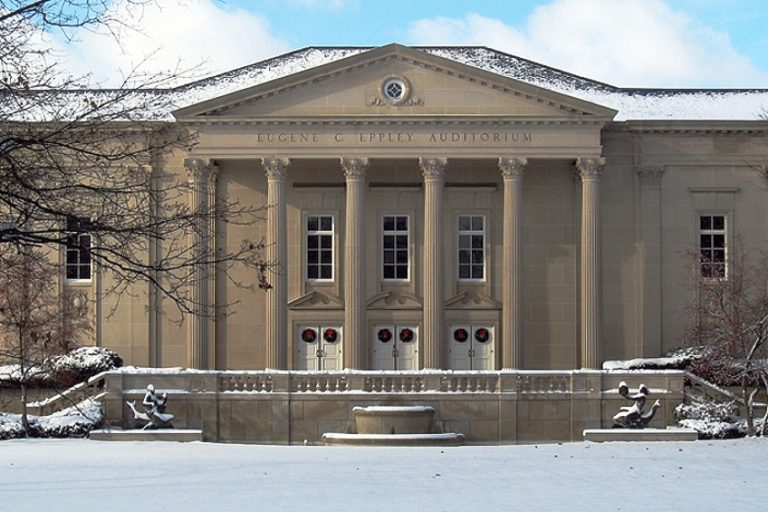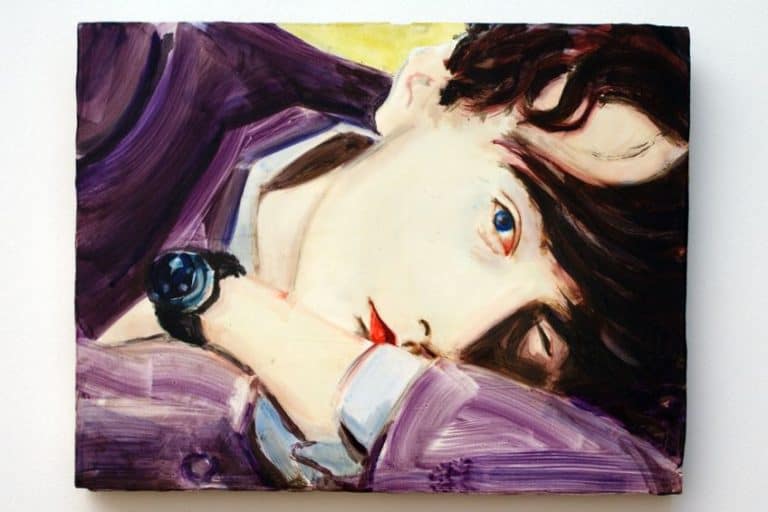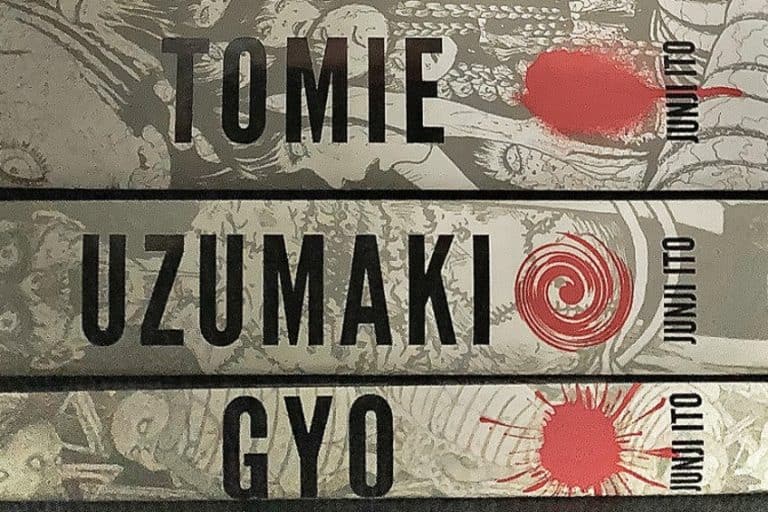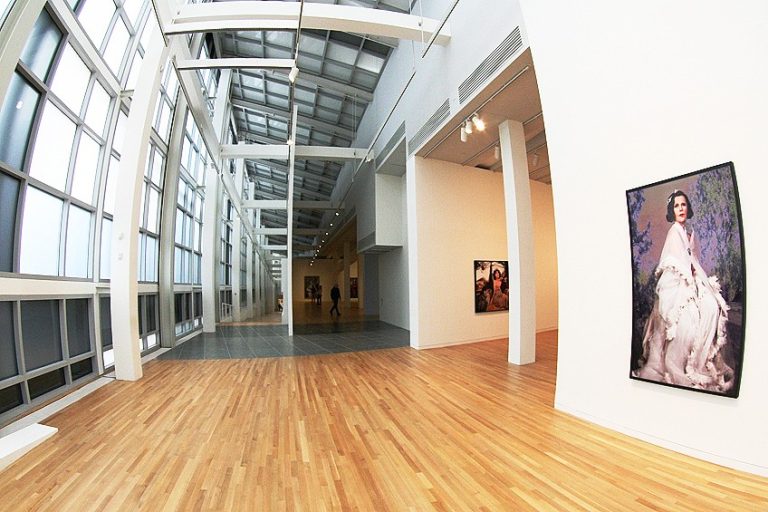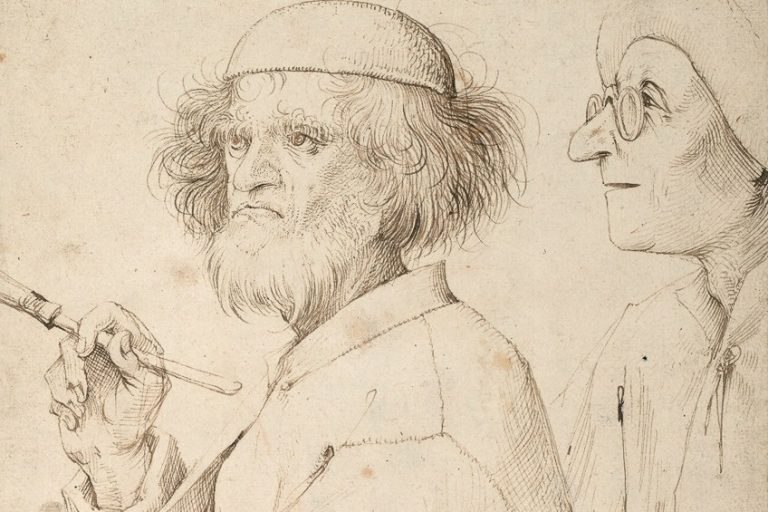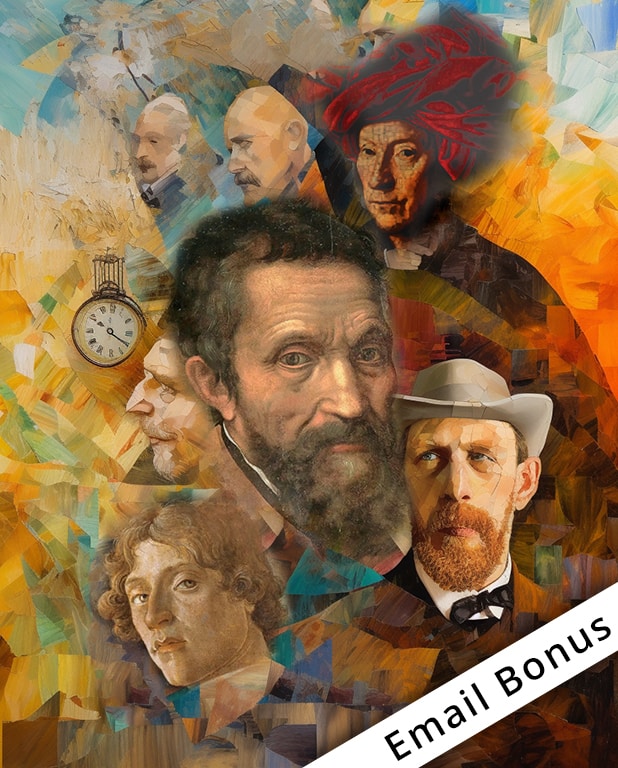Hilma af Klint – The Life and Works of the Famous Abstraction Artist
Hilma af Klint was a pioneer of abstraction. This fascinating female artist turned to abstraction several years before Wassily Kandinsky (1866 – 1944), Piet Mondrian (1872 – 1944), and Kazimir Malevich (1878 – 1935). Knowing that her work was ahead of its time, she demanded in her will that her abstract paintings must not be made public until at least 20 years after her death. This article is both a Hilma af Klint biography and an exploration into what made her work so visionary.
Artist In Context: Who Was Hilma Af Klint?
Hilma af Klint was a Swedish artist who is considered a figure of intrigue to many. This is not only because of her unique style of abstraction that predated her male colleagues but also because she supposedly spoke with spirits. Her large-scale paintings were inspired by many aspects of psychological and scientific discoveries at the time, and like other abstract painters of the 20th century, incorporated geometry and color theory. The following section unpacks Hilma af Klint’s biography in more depth.
| Date of Birth | 26 October 1862 |
| Date of Death | 21 October 1944 |
| Country of Birth | Solna, Sweden |
| Art Movements | Abstraction, Naturalism, Expressionism |
| Mediums Used | Painting, mostly in oils and watercolors |
Early Life
Hilma af Klint was born in 1862 in, Sweden. She was born into a Protestant family and was the fourth of five children. Af Klint spent most of her childhood in the Karlberg castle, where she was also born. This is because the castle served as a naval academy and her father, Victor af Klint, was a mathematician and an admiral that was based there. The family, however, left the castle during the holidays and Hilma af Klint could spend her summers immersed in nature. During the summer, the family would stay in a manor house Hanmora, situated on the island of Adelsö in the lake Mälaren.
The rest of Af Klint’s childhood is shrouded in mystery and the only thing else known is that she had a strong relationship with her mother.
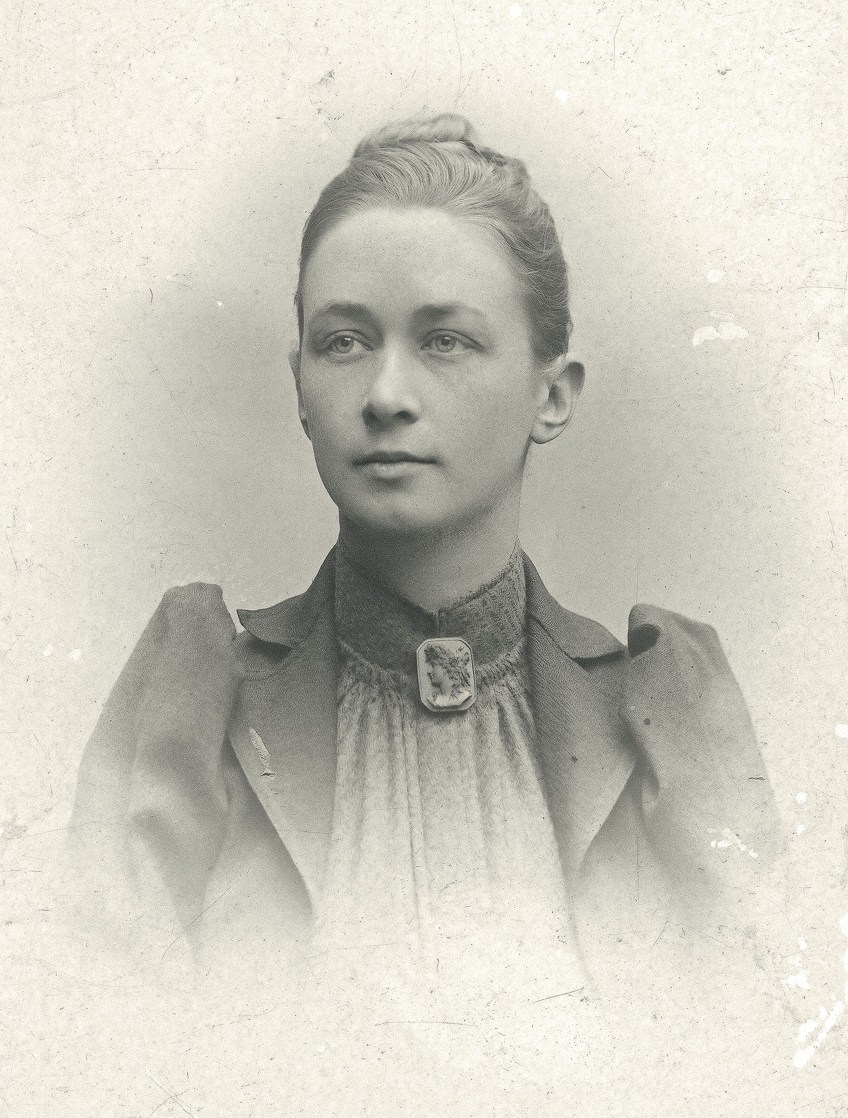
Early Education and Spiritualism
Hilma af Klint’s education in the arts was first focused on portraiture. She was enrolled in Konstfack, a technical school where she studied classical portraiture under Kerstin Cardon, who was one of the first 18 female artists to study at the Royal Swedish Academy of Fine Arts. When Af Klint was 20, she too enrolled in the Royal Academy of Fine Arts in Stockholm. This was one of the most prestigious art schools in Sweden at the time and one of the few in Europe that admitted female students.
Af Klint studied at the academy for five years, where she focused on portraiture and landscape painting.
Whilst Af Klint received classical training, she had already started to push the boundaries of her education early on in her studies. From the start of her artistic education, Hilma af Klint was interested in the spiritual and in matters of the occult. It is believed that her interest in the spiritual developed when she was 18 years old.
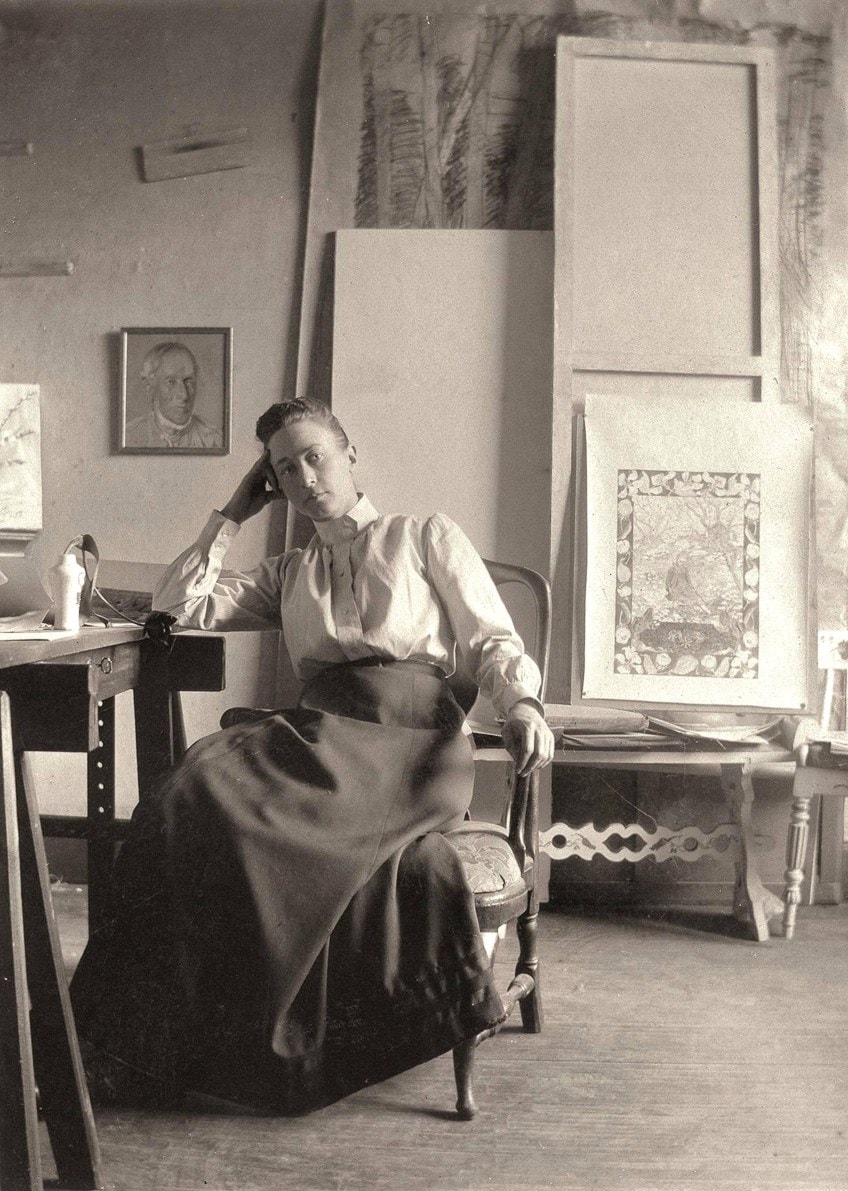
At the time, her 10-year-old sister, Hermina af Klint, had passed away. The untimely death of her sister prompted her to join mystical group meetings, where she attended séances in an attempt to communicate with the spiritual world of which her sister was now a part.
Af Klint’s boundary-pushing ethos was part of her personal life and her studies, making her stand out as a student.
This resulted in her receiving a scholarship that granted her an artist studio in the artist quarter of Stockholm. Here, she gained financial independence and she was known as Hilma af Klint – portrait, landscape, and botanical painter. One Hilma af Klint portrait is a self-portrait painted in around 1880. She would, however, soon move away from portraiture and landscape paintings and become, some would argue, the first abstract painter in Europe.
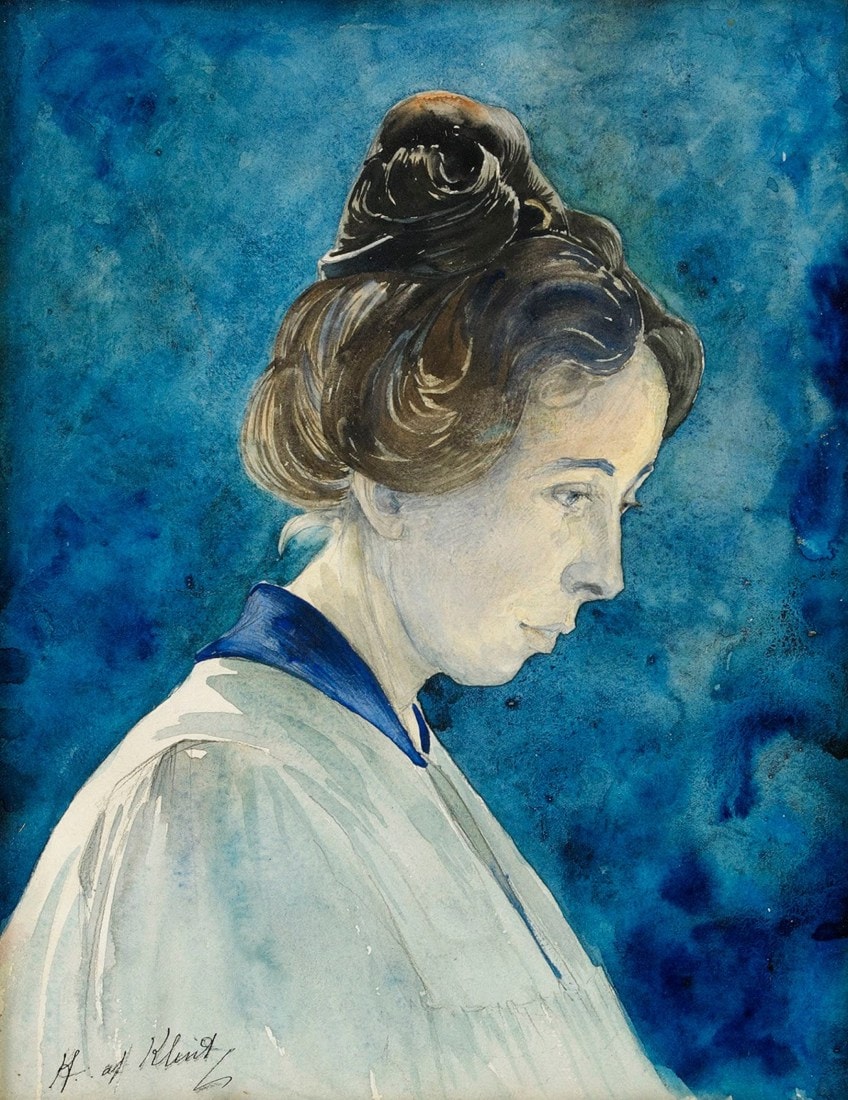
Later Education and Spiritualism
By 1896, Af Klint had completely abandoned the conventional way of painting that she had learned at the Royal Academy. From here, her interest grew in the invisible. Painting the unseen worlds that are hidden within nature and the spiritual realm, Af Klint started developing her large body of essentialist abstract paintings. Together with four other female artists, Af Klint secretly started a group called de Fem (The Five).
The group’s artistic experiments were influenced by sessions of automatic and free-flowing writing and drawing, something that the Surrealists would only start doing decades later.
These sessions were inspired by weekly séances, which they started in 1906, during which they believed to have communicated with spirits via their paintings. These sessions allowed Af Klint to get to the core of her motivations for creating art.
Hilma Af Klint was, however, not only interested in the spiritual. Even in abstraction, Af Klint’s work was deeply rooted in nature and she dedicated vast amounts of time to studying the works of the famous botanist, Linnaeus.
She also studied animals and was deeply curious about science and the technologies that were being developed at the time.
Technological advancements like X-ray machines further fueled her interest in exploring the invisible. This marriage between science and spiritualism converged in the research of Rudolf Steiner, a philosopher whom Hilma af Klint greatly admired. Steiner started the movement called “Anthroposophy”, which believed that spirituality can be best appreciated through art and science.
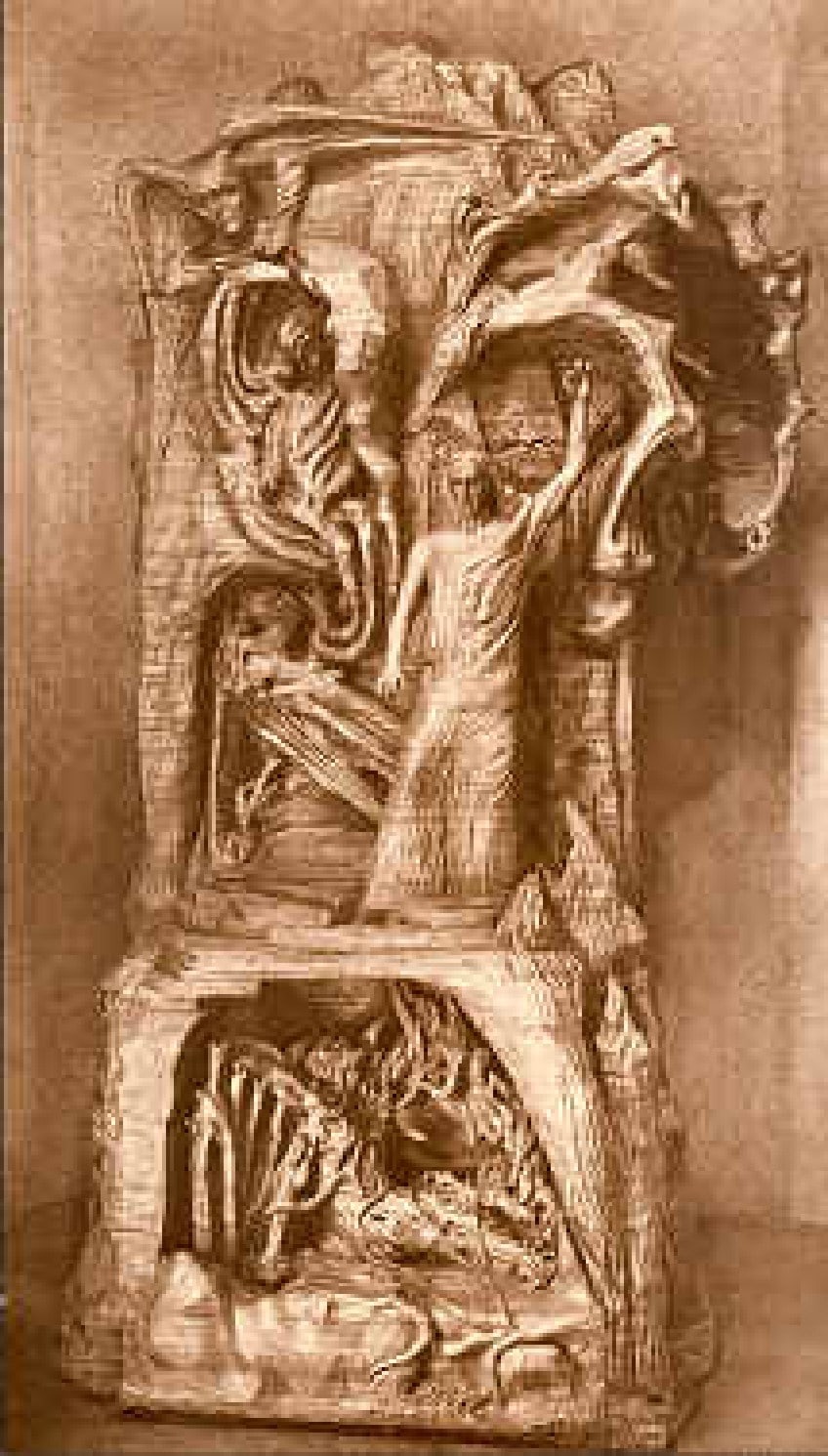
Mature Period
It is considered that Af Klint reached her mature period in 1905 when she was “commissioned” to create a body of work by a spirit, which “The Five” called Amaliel. The works she created for this ‘commission’ became her most important body of work, titled The Paintings for the Temple. These paintings were ground-breaking for their time. Af Klint created 193 large-scale abstract works that explored the balance between seemingly opposing things, such as good and evil, science and religion, man and woman, and material and spiritual.
While mostly abstract, the works also contained identifiable objects, such as crosses, shells, snakes, and flowers.
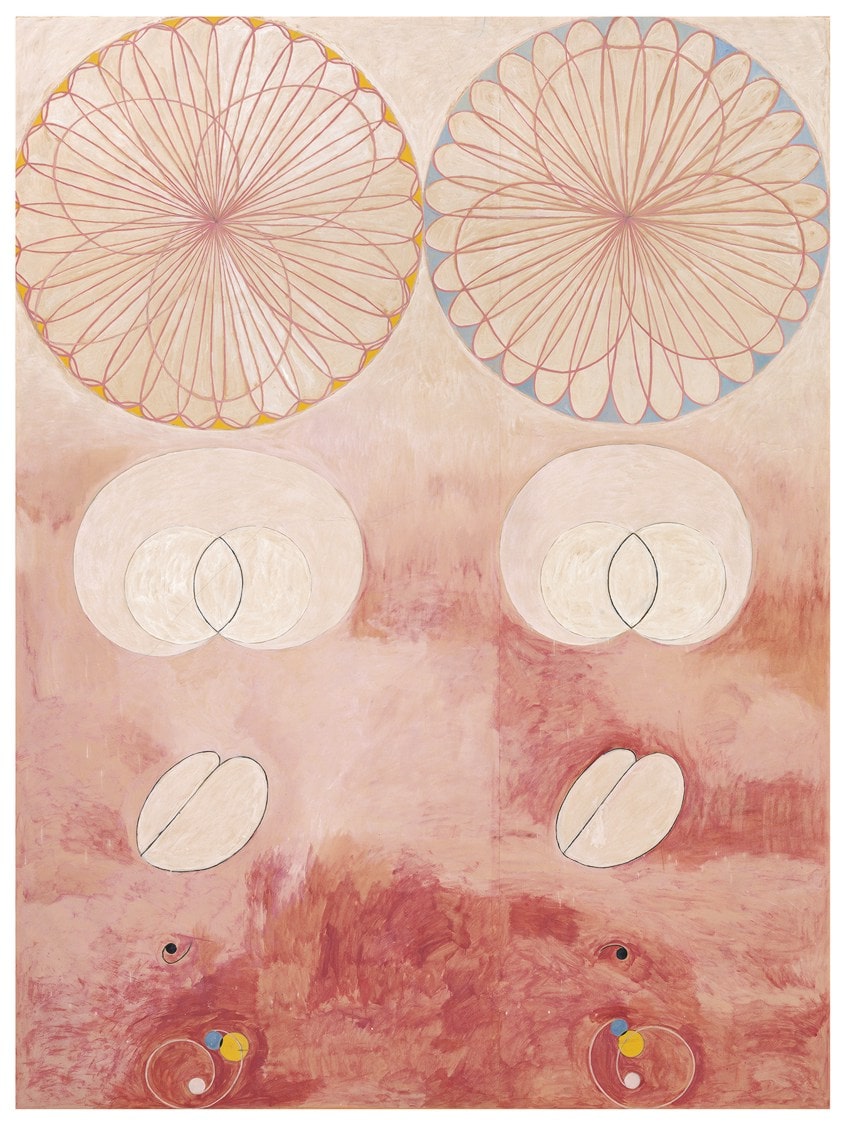
Af Klint would however never exhibit these works whilst she was alive. It is believed that the reason for this is because Rudolf Steiner, the philosopher she admired so much, told her not to. In 1908, Hilma af Klint invited Steiner to view her work, hoping that he would love it as it was deeply inspired by his Anthroposophy movement. Steiner, however, did not approve of her methods of declaring herself as a medium that could communicate between realms and told her not to show the work in the next 50 years.
From 1908 and 1912, Af Klint did not create as before, taking time instead to study further and look after her mother, who had gone blind.
Later Works
Hilma Af Klint decided to continue creating paintings for The Paintings for the Temple body of work in 1912. She did these works in secret, and publicly sold paintings of landscapes to sustain herself financially. One of these traditional landscape paintings was even included in the same exhibition that Wassily Kandinsky partook in. She completed her works for The Paintings for the Temple in 1915, declaring that she no longer received “divine guidance”.
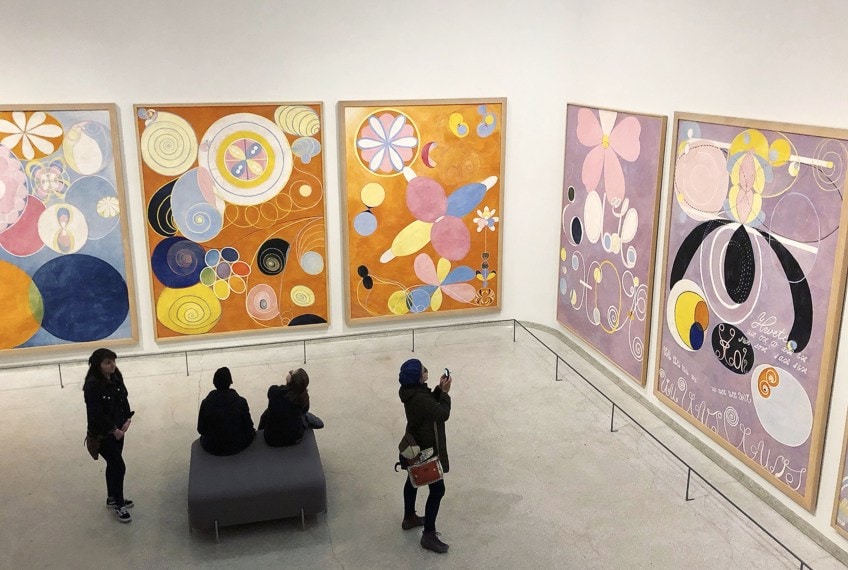
From here on, Hilma af Klint’s paintings were smaller and showed a greater variety of materials, including watercolor on paper. In 1920, after the passing of her mother, Af Klint had another very productive year of creation. She decided to move to Helsingborg and traveled frequently to Goetheanum, a frequent joining place for the Anthroposophy society.
Despite previously being disappointed by Steiner, Af Klint remained interested in his work and after meeting with him again, she grew evermore immersed.
Inspired by science, botany, and the spiritual, she continued creating abstract paintings and she wrote vigorously about her own work. Hilma af Klint passed away in 1944 at age 81, leaving all of her writings, documentation, and large bodies of abstract paintings to her nephew, stipulating that they may only be seen after 20 years.
Important Hilma Af Klint Paintings
Hilma af Klint is an artist whose life experiences and research interests greatly influenced her art. After considering her childhood, education, and other influences, we can now see how they manifested in her work. The following five paintings reflect the influences that inspired the artist’s work from the start of her turn to abstraction to the last works she produced.
Primordial Chaos No. 16 (1906 – 1907)
| Artwork Title | Primordial Chaos No. 16 |
| Date | 1906 – 1907 |
| Medium | Oil on canvas |
| Size (cm) | 53 x 37 |
| Collection | Hilma af Klint Foundation |
Hilma af Klint’s Chaos series was the first series she made for The Paintings for the Temple body of work. This subgroup, titled Primordial Chaos is a group of 26 paintings in which Af Klint explored the origin of the universe. These series are full of circular and spiral shapes and the works almost become Surrealistic. Primordial Chaos No. 16 is one of these works with a dark blue background that is filled with yellow spirals. In these works, Af Klint saw the blue color to be male and the yellow spirals as female. Whilst the work shows the difference in the two colors and shapes, there is nonetheless a beautiful harmony in the polarization.
Af Klint also commented in one of her notebooks that the spiral shape symbolized growth and her own personal development.
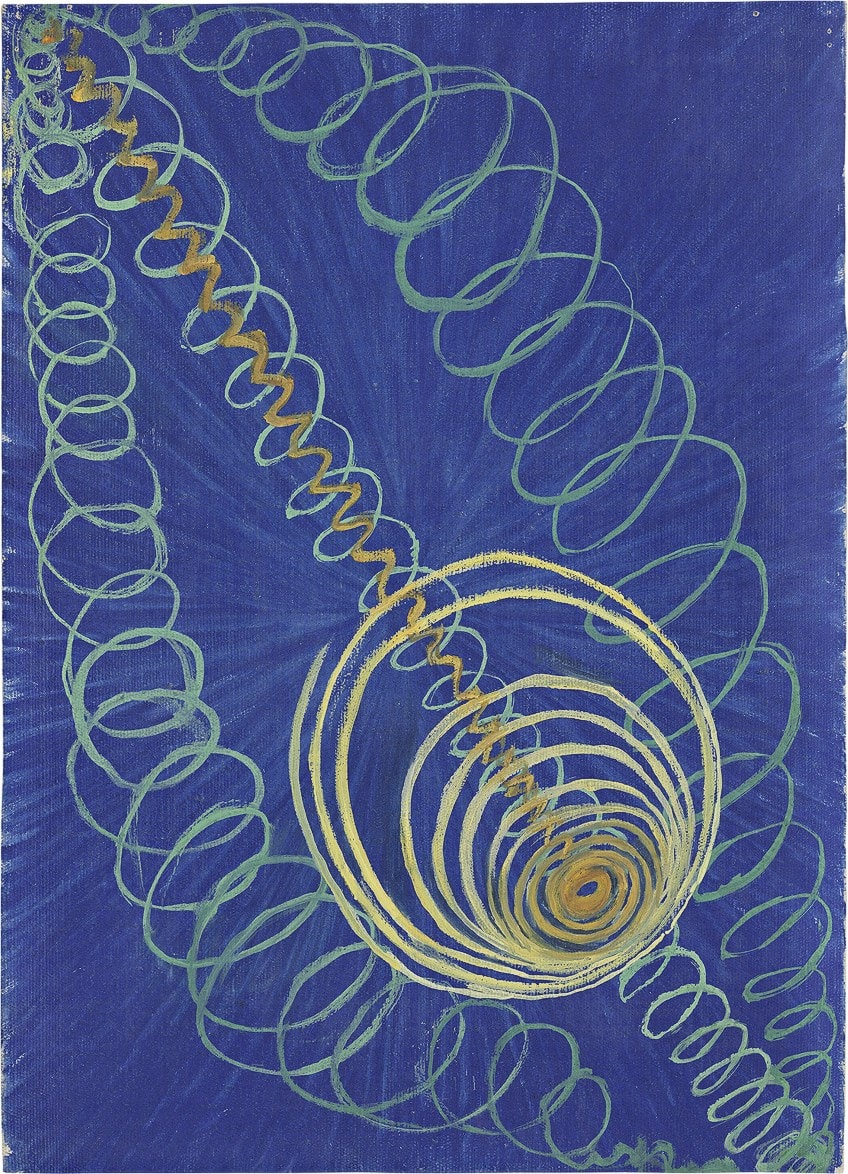
No. 7, Adulthood (1907)
| Artwork Title | No. 7, Adulthood |
| Date | 1907 |
| Medium | Oil and tempera on paper and canvas |
| Size (cm) | 328 x 240 |
| Collection | Hilma af Klint Foundation |
No. 7 Adulthood is another painting that was part of The Paintings for the Temple body of work. This work, however, belonged to a different subgroup of paintings, titled The Ten Largest. The meaning of the name of this group of paintings is clear when you consider that No. 7 Adulthood is more than three meters high and almost two-and-a-half meters wide.
Af Klint was deeply interested in different religions and often studied the spiritualism of various different religions. One can see her interest in religion in this painting as it features a large geometric pattern derived from Buddhist or Hindu origins.
This lends a calm meditative quality to the work, whilst being simultaneously moving and energetic, thanks to its lively coloring of yellows, greens, and reds. The background of the work is a softer purple-like color and the yellow shape reminds one of a flower. The work thus brings together Af Klint’s interest in both religion and botany.
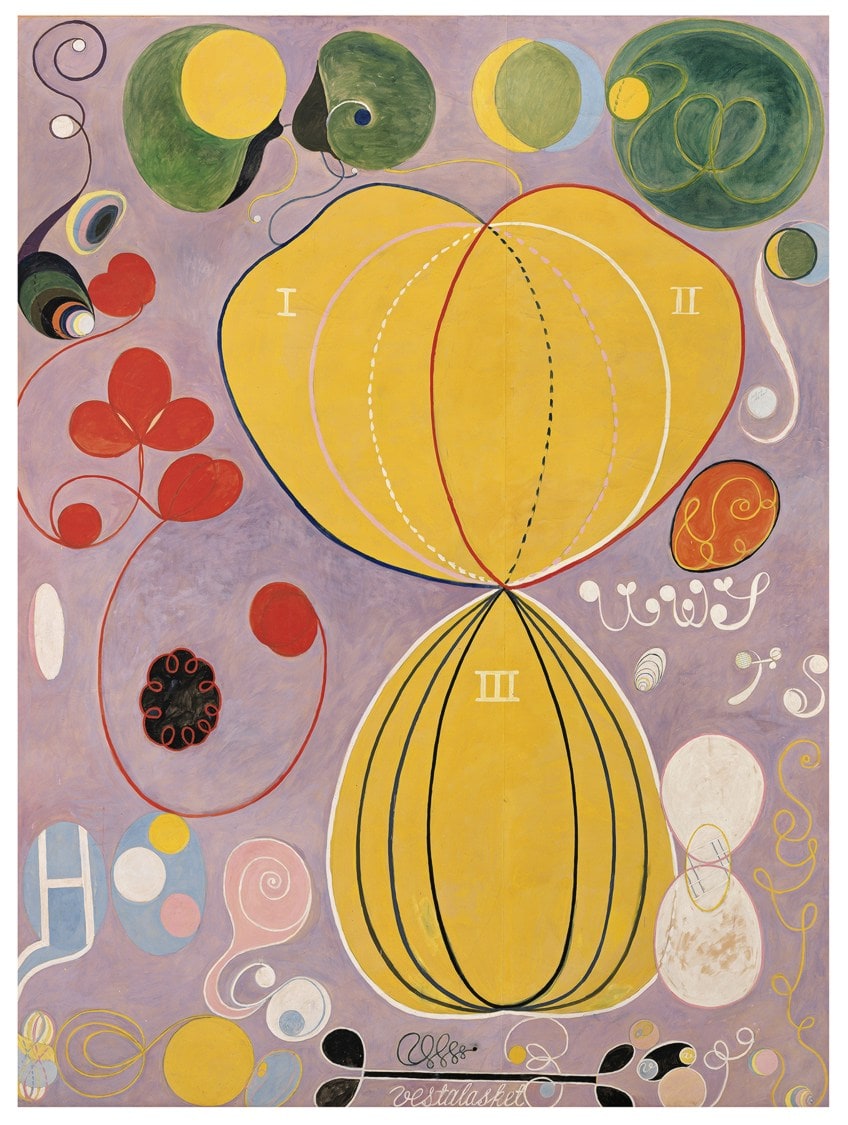
From the title of the work, one can derive that the work also has to do with human evolution. Af Klint’s botanical studies often included the close reading of Darwin’s research on evolution theory and, being interested in science, this often came through in her paintings. The painting also has inscriptions of letters and words, making the work itself seem like a scientific drawing with notes on the scientist’s findings.
This interest in human evolution becomes clearer when considering the other nine works that form part of the subgrouping titled The Ten Largest. Each of the works in this series depicts some essentialist abstraction of the human life cycle, from infancy to old age. The last two paintings in the series are noticeably quieter than the others, with numerous big circles enclosing a seed in the middle.
These final works could possibly symbolize death and birth into the spiritual life.
The Swan, No. 1 (1914 – 1915)
| Artwork Title | The Swan, No. 1 |
| Date | 1914 – 1915 |
| Medium | Oil on canvas |
| Size (cm) | 150 x 150 |
| Collection | Hilma af Klint Foundation |
The Swan, No. 1 is a work Af Klint painted nearing the end of her works for The Paintings for the Temple body of work. The work is a stunning black and white painting of two swans in a mirror image. The two swans seem to fly or float and only the tip of one of their wings and beaks are touching. In this formation, the swans resemble the yin/yang symbol, a sign universally understood to portray the harmony and balance of seemingly opposite forces.
In this striking painting, while dominated by black and white, Af Klint continues to use her signature blue and yellow colors.
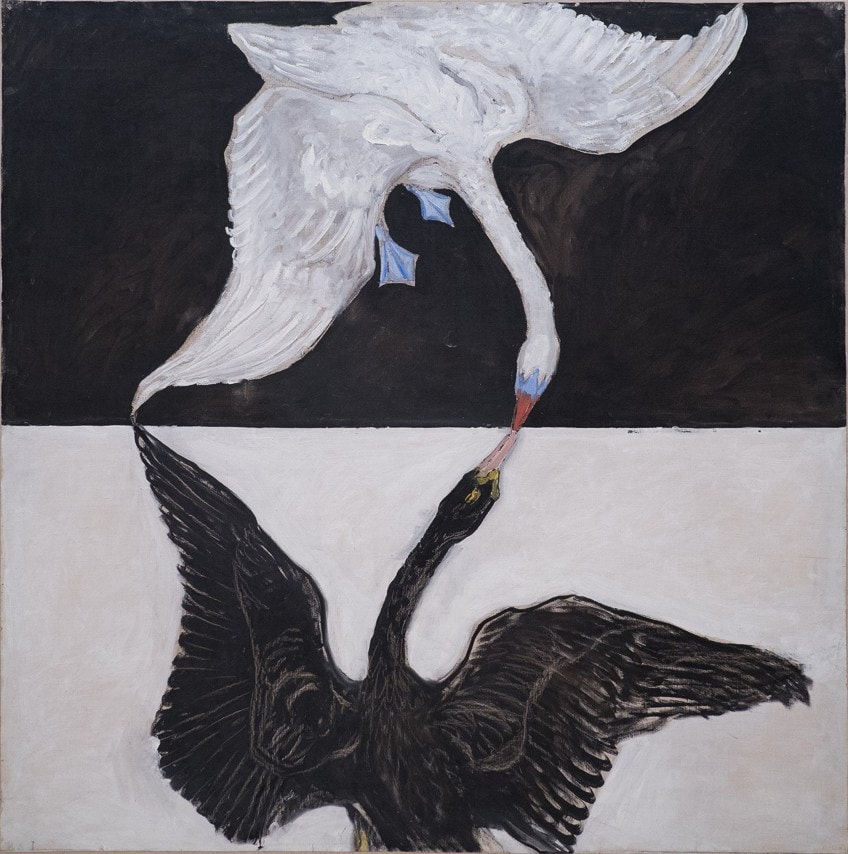
A tiny bit of blue and yellow can be found in the middle of the work, coloring the beaks of the swans and their flippers. The use of blue and yellow confirms to us that the work speaks to the balance of the sexes. Whilst there is balance and harmony, the work also seems to have tension; a kind of push-and-pull. The swan is also carefully chosen as a symbol, as in many cultures, the swan is seen as a symbol of perfection and transcendence.
This metaphor used of transcendence by Af Klint, tells us that while she claimed to have lost spiritual “guidance” at this point in her career, she was still very much invested in spirituality.
Altarpiece, No. 1 (1915)
| Artwork Title | Altarpiece, No. 1 |
| Date | 1915 |
| Medium | Oil on canvas |
| Size (cm) | 185 x 152 |
| Collection | Hilma af Klint Foundation |
Altarpiece, No. 1 is another large painting that is one of three in a group called Altarpieces. This group was the last work she created for The Paintings of the Temple. The painting is large with a black background and a large colorful pyramid shape in the foreground. Behind the pyramid, at the top of the painting, is a large circular shape, matching the rainbow colors of the triangle in front. The abstract shapes recall an Egyptian temple with a large sun behind it.
Each of the rainbow-like colors in the work is aligned with the symbolic colors of the Anthroposophical and Theosophical spiritualist theory.
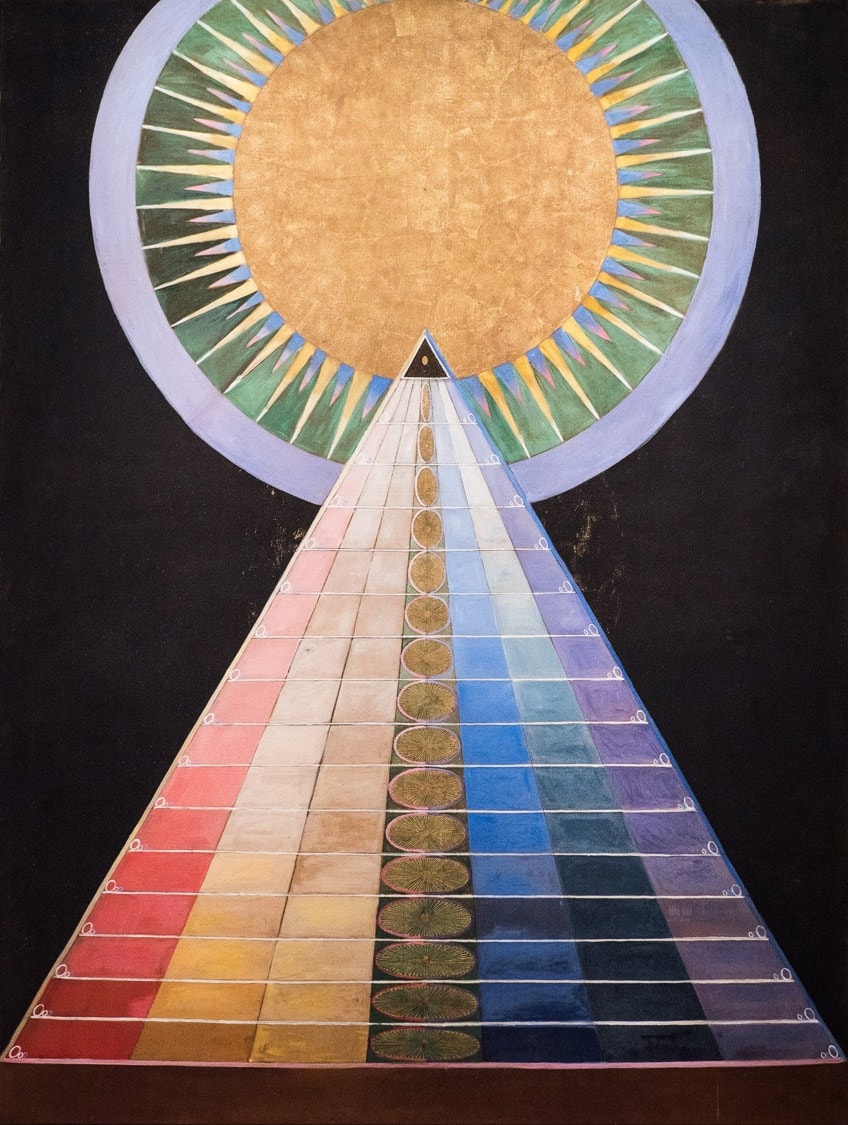
The works are somewhat cryptic and the meaning is unclear. Due to their size, they seem ethereal, and their likeness to the Egyptian temple both reference intelligence and spirituality. It is unclear in the painting whether the sun is setting or rising, and this reference to time can possibly also symbolize the cycles and evolution of life. Whatever the meaning of the work, what is most undeniable is how absolutely unconventional this style of painting was for the time.
Hilma af Klint’s bold use of color, shape, and size in this work was simply ahead of its time.
The Teachings of Buddhism, No. 3d (1920)
| Artwork Title | The Teachings of Buddhism, No. 3d |
| Date | 1920 |
| Medium | Graphite and oil on canvas |
| Size (cm) | 36.5 x 27 |
| Collection | Hilma af Klint Foundation |
The Teachings of Buddhism, No. 3d is a painting that Af Klint created five years after the completion of her The Paintings of the Temple body of work. While the work is much smaller in scale and is still powerful in its use of color and simplicity. The work boldly features a large circle in the center, divided in half by the colors white and purple. On the bottom-right of the painting, attached to the large circle, is a smaller red circle that is outlined in black. The work is part of a larger series in which Af Klint explores a multitude of religions all over the world.
The circle as a dominant shape is important for Af Klint as she unpacks the circular nature of life and the role that spirituality and religion place in our human lifecycle.
Book Recommendations
Since the world started to realize the brilliance of Hilma af Klint and her work, publications started to rapidly appear on bookshelves. Below are three stunning books on Af Klint that we believe made lasting contributions to the legacy of Af Klint. Below are our book recommendations to get lost in the world of Hima af Klint and abstraction:
Hilma af Klint: Notes and Methods (2018) by Hilma af Klint, Christine Burgin and Iris Müller-Westermann
This book is an exceptional collection of diary reproductions by Hilma af Klint. The collection includes an array of early notebooks, translations of Af Klint’s writing, and hand-painted annotations. The book also includes a dictionary, compiled by Af Klint, of the words and letters that can be found in her paintings.
- Experience the arc of Af Klint’s artistry in her own words
- Presents facsimile reproductions of Af Klint’s early notebooks
- An important and timely contribution to the legacy of Hilma af Klint
Hilma af Klint: Paintings for the Future (2018) by Tracey Bashkoff, et al.
Published by the Guggenheim Museum, this book was created to accompany the first major exhibition of Hilma af Klint’s paintings in the United States. The book simultaneously broadens the scholarship of Af Klint’s work and life, whilst also representing the revolutionary works that were part of the exhibition Hilma af Klint: Paintings for the Future at the Guggenheim Museum.
Hilma af Klint: Visionary (2020) by Kurt Almqvist, Louise Belfrage, et al.
This book is published based on a seminar that was held at the opening of the exhibition Hilma af Klint: Paintings for the Future at the Guggenheim Museum. This book includes insights from the seminar, as well as archival images from Af Klint’s notebooks. Expressing the spiritual and social movements at the turn of the 20th century, this book gives a valuable understanding of the complexities of Hima af Klint’s artworks.
Hilma af Klint was an artist who was immersed in continued studies of nature, science, and spiritualism. Despite not being part of the modern art movements of her time, Hilma af Klint is today considered the pioneer of abstract art. Her first abstract painting was painted five years before Kandinsky’s first abstract work, cementing her identity as a visionary artist of the 20th century.
Frequently Asked Questions
When Were Hilma Af Klint’s Abstract Paintings First Exhibited?
In 1986, one of Hilma af Klint’s paintings was exhibited in a group show titled The Spiritual in Art. The exhibition is one of the first to show Hilma af Klint’s artworks and was held in Los Angeles. At the time, her name was largely unknown. This started to change in 2013 when the Modern Museum in Stockholm dedicated a solo exhibition to her work.
Why Was Hilma Af Klint’s Work Only Discovered Recently?
Part of the reason why Hilma af Klint’s so-called discovery only happened nearly 40 years after her death, was due to the fact that Af Klint did not promote her work, and thus it took a long time for the art industry to come across it. This late discovery was, however, part of her own wishes as she believed that she painted for a future audience. Claiming that the world was not yet ready for her work, Af Klint only allowed her collection of works to be made available 20 years after her death. This collection consisted of over 1,200 paintings and more than 26,000 pages of texts and drawings in notebooks.
What Inspired Hilma Af Klint?
Hilma af Klint’s artworks were largely inspired by spiritualism and science. Her work distilled into abstraction her own experiences during séances. This distillation of experience led her to essentialist abstraction that can be seen in shapes and illustrations inspired by occult ideas, evolution, nature, and spiritual movements.
Chrisél Attewell (b. 1994) is a multidisciplinary artist from South Africa. Her work is research-driven and experimental. Inspired by current socio-ecological concerns, Attewell’s work explores the nuances in people’s connection to the Earth, to other species, and to each other. She works with various mediums, including installation, sculpture, photography, and painting, and prefers natural materials, such as hemp canvas, oil paint, glass, clay, and stone.
She received her BAFA (Fine Arts, Cum Laude) from the University of Pretoria in 2016 and is currently pursuing her MA in Visual Arts at the University of Johannesburg. Her work has been represented locally and internationally in numerous exhibitions, residencies, and art fairs. Attewell was selected as a Sasol New Signatures finalist (2016, 2017) and a Top 100 finalist for the ABSA L’Atelier (2018). Attewell was selected as a 2018 recipient of the Young Female Residency Award, founded by Benon Lutaaya.
Her work was showcased at the 2019 and 2022 Contemporary Istanbul with Berman Contemporary and her latest solo exhibition, titled Sociogenesis: Resilience under Fire, curated by Els van Mourik, was exhibited in 2020 at Berman Contemporary in Johannesburg. Attewell also exhibited at the main section of the 2022 Investec Cape Town Art Fair.
Learn more about Chrisél Attwell and the Art in Context Team.
Cite this Article
Chrisél, Attewell, “Hilma af Klint – The Life and Works of the Famous Abstraction Artist.” Art in Context. August 19, 2022. URL: https://artincontext.org/hilma-af-klint/
Attewell, C. (2022, 19 August). Hilma af Klint – The Life and Works of the Famous Abstraction Artist. Art in Context. https://artincontext.org/hilma-af-klint/
Attewell, Chrisél. “Hilma af Klint – The Life and Works of the Famous Abstraction Artist.” Art in Context, August 19, 2022. https://artincontext.org/hilma-af-klint/.


